A Decade Since the Recession: Miami’s Resilience
Mika Mattingly, executive vice president of Colliers’ Urban Core division, spoke to CPE about Miami’s evolution following the real estate market crash of 2008.
By Timea Papp
Miami was one of the U.S. cities that were hit the hardest by the financial crisis that began in 2008. Thanks to the city’s strong potential for redevelopment and generous zoning laws, Miami has bounced back and strengthened its market fundamentals.
Magic City is drawing large amounts of capital from both domestic and foreign investors who are more open to closing deals with cash. Compared to the years building up to the recession, investors are now showing restraint toward financing their transactions through loans.
Executive Vice President Mika Mattingly talked to Commercial Property Executive about Miami’s status during the crisis, what the real estate market looks like today and what’s in store for the gateway city. Mattingly has been with Colliers since 2016 when she joined the company’s Urban Core division.
You were working in a different industry when the recession hit. What were the reasons behind your decision to switch fields?
Mattingly: I was working in the film industry in Miami and things had begun to slow down drastically in that industry just before the recession hit us. I was planning my next career move when two film executives decided to sell their commercial assets in Miami and asked me if I could handle the listings. Both listings turned out to be an easy and profitable sale. Those deals happened just as the country was about to experience a financial meltdown. Little did I know how bad the real estate market was going to be for the next several years. In the following three years, I sold three properties. It was hard, to say the least.
What were the challenges of starting a new career at such a difficult moment in real estate?
Mattingly: The biggest challenge was getting all the parties on board to close a transaction. In any given deal, you have several parties involved who need to reach a middle ground to seal a deal. But when you are dealing with a distressed asset—as most of them were back in the recession years—you have to negotiate with twice the number of people, including frustrated lenders, distressed sellers, opportunistic investors, lawyers for each party, court-appointed receivers and so forth.
What was your take on downtown Miami’s status in 2007?
Mattingly: Downtown Miami was suffering. The new luxury condo buildings along Biscayne Boulevard sat empty and dark at night. Developers were losing their condo towers to foreclosure.
It had one of the most generous zoning laws in Miami to allow large projects. Sooner or later, a savvy investor was going to come along and start buying one property at a time, just like the late Tony Goldman has done in South Beach in the 1980s and two decades later in Wynwood.
At the height of the recession, I was walking up and down downtown Miami’s Flagler Street, meeting property owners, chatting with their retail tenants and gathering information about each property. My colleagues thought I was crazy because nobody had any interest in buying real estate in Downtown Miami. In January 2014, I met investor Moishe Mana who had never heard of downtown Miami. I showed him many of the buildings with historic value and between 2014 and 2017, he has invested close to $400 million in the area. Investors from across the world followed.
How was your approach to CRE different compared to your industry colleagues?
Mattingly: I choose to take a ‘micro level’ approach. I focus on the urban core and get to know well the area’s property owners, tenants, zoning laws, building code, community leaders and so forth. I completely immerse myself and my team in the neighborhood we target. To me, my target area becomes a data-driven Monopoly board. I need to understand the role each property can play in the redevelopment of a district so I can properly advise my clients in terms of the area’s overall potential. Other commercial investment brokers focus on asset types rather than on neighborhoods.
What are some of the biggest changes CRE has experienced since the recession and how has your approach changed?
Mattingly: Investors seem more averse to borrowing and more open to buying cash. I see a lot of cash deals. Also, investors are more interested in buying development sites that are generating an income so if they don’t develop the site in this cycle, their asset will generate enough income to carry itself until the next cycle.
With your industry background, what do you think are the major drivers for investment in South Florida?
Mattingly: The market fundamentals remain strong. We have very low vacancy rates in most of our commercial sectors. Our population continues to expand and unemployment continues to go down. Property values are rising and we have very limited developable land available. That’s one reason we are seeing so much interest from investors in our urban cores.
What are some of the most significant deals you worked on with the Urban Core Division in the toughest years of the financial crisis?
Mattingly: Selling the Filling Station Lofts at 1657 N. Miami Ave. was a challenge. This property was in the middle of a foreclosure procedure and the owner of the note who was in the process of taking title to the building. The property was half built with most of the interior of the building exposed to the elements. Most of the electrical wires had been stolen. Other issues included the fact the original developer had built on city-owned land and some of the vacant land around it was part of the for-sale package, but had not been properly recorded.
Another challenging deal was IOS On The Bay, a condo mid-rise at 720 NE 62nd St. I sold the note. The building had been completed, but the developer defaulted on the construction loan. With the financial meltdown, condo buyers were unable to close on the units. The condo sat vacant for months until the new owner was able to sell out the project.
You witnessed the rise of downtown Miami—how far has it come in the past 10 years and what do you think comes next?
Mattingly: It has come a long way. When I first started marketing properties in downtown Miami at the height of the recession, I received zero interest from investors. Since then, domestic and international investors have invested nearly $4 billion in commercial properties in downtown Miami.
The best thing about this area is that it is within walking distance of the almost-finished Brightline, a commuter train that will travel to Fort Lauderdale, West Palm Beach and Orlando. It is also within walking distance of the recently opened Brickell City Centre and from the now under construction Miami Worldcenter. Both are massive mixed-use centers that will contribute to the success of downtown Miami.
Image courtesy of Colliers

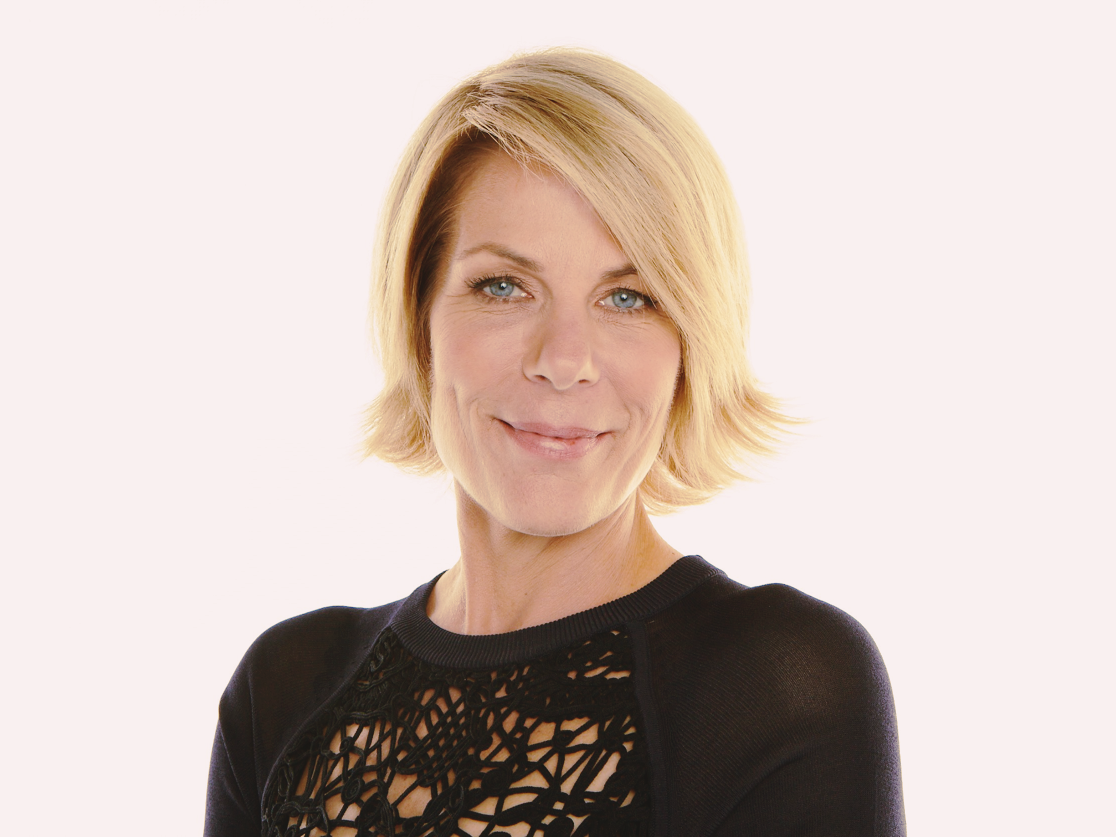


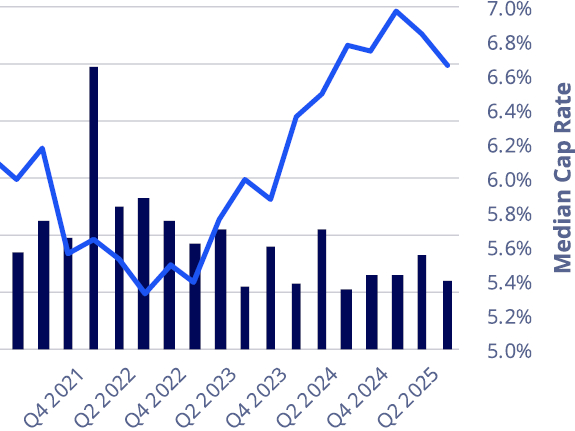

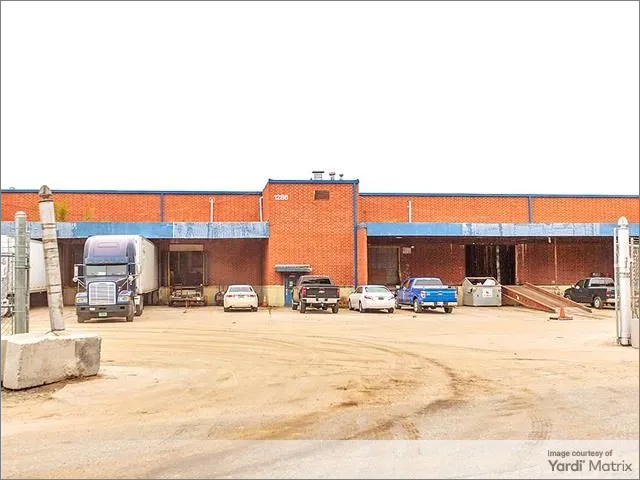

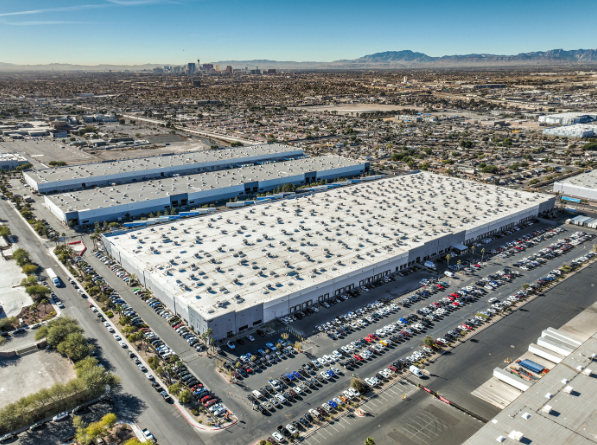
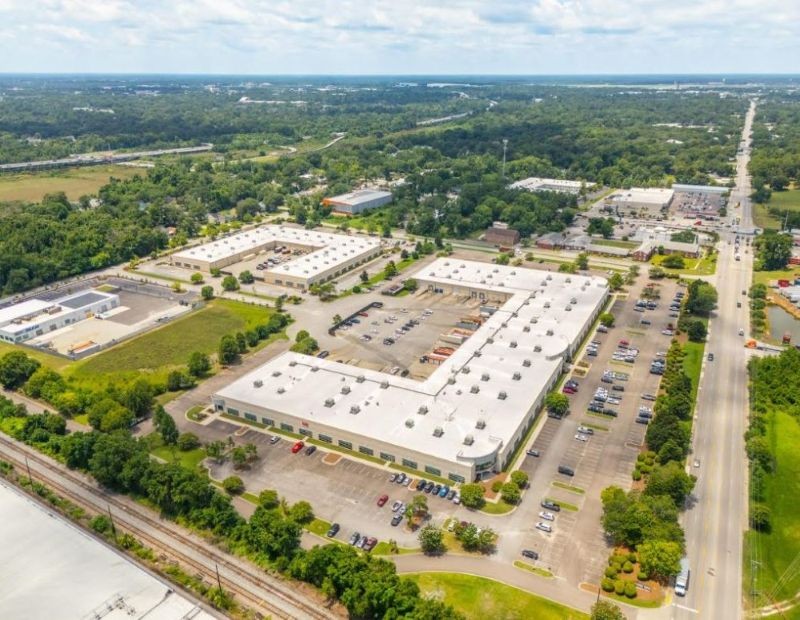
You must be logged in to post a comment.